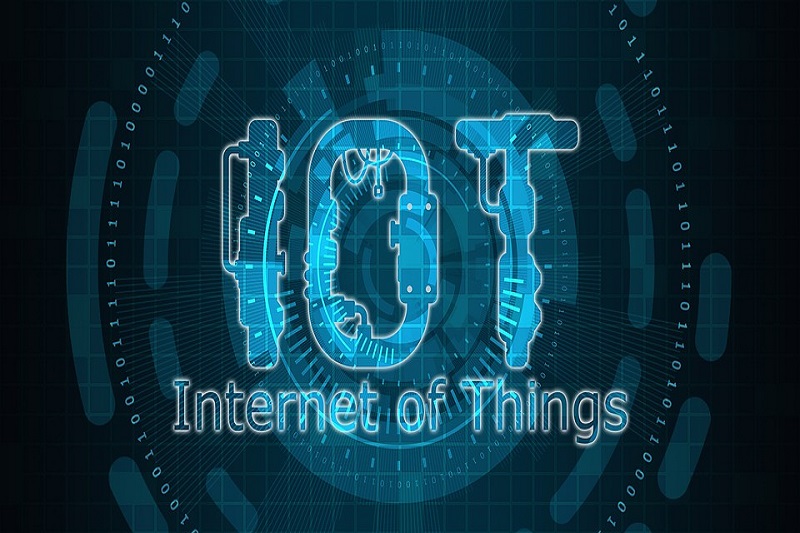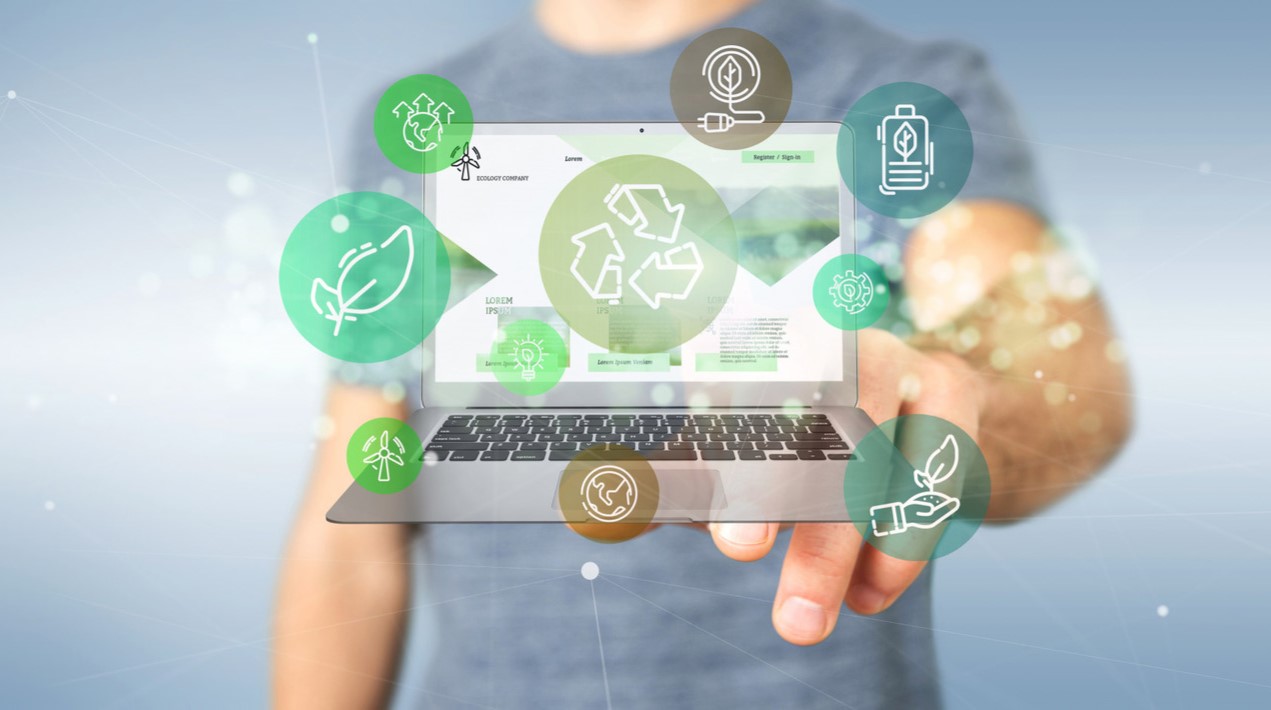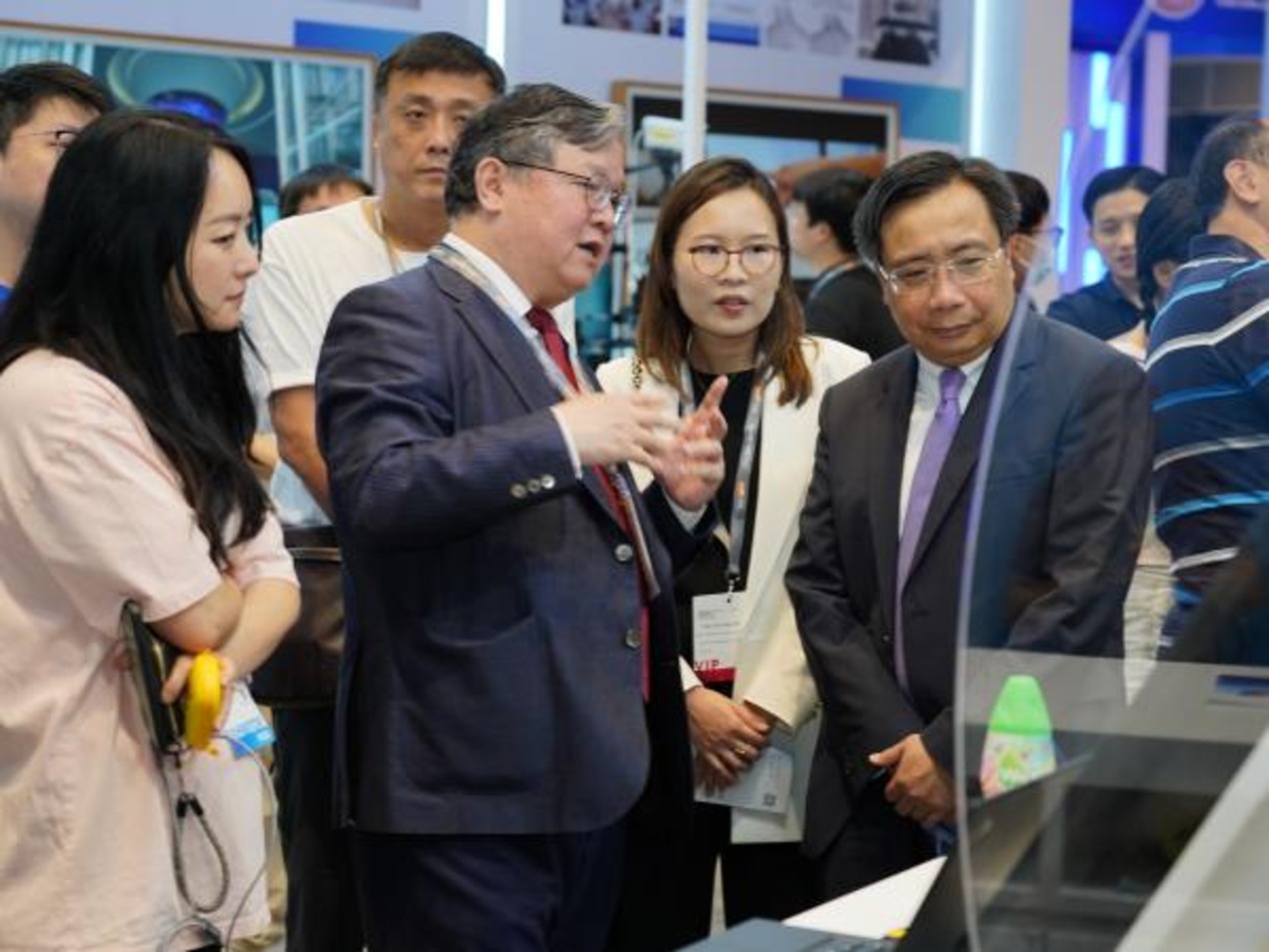
Key industry and research partners are coming together to research on new satellite monitoring sensors for infrastructure design and construction projects.
According to a recent press release, Mthing is an innovative Internet of Things (IoT) project that aims to lower construction costs, create safer building practices and boost jobs in Australian manufacturing and construction.
About the initiative
A Brisbane company of professional surveyors and geologists, has teamed up with researchers at the Queensland University of Technology and the Innovative Manufacturing Cooperative Research Centre (IMCRC) for this project.
The 18-month project will use advanced Global Navigation Satellite Systems (GNSS) signal processing techniques to record near-real time measurements of infrastructure projects that will be both more accurate and faster than using traditional manual measuring techniques.
Moreover, the project aims to develop GNSS IoT sensors that will provide cost-efficient constant and high-precision monitoring that will connect to cloud services and provide instant alerts.
Currently the cost of purchasing and maintaining precise positioning sensors restricts their viability for mass monitoring applications.
However, the project aims to address this by producing sensors with a lower cost that will give them greater market potential for broader uses.
The research was a step in the right direction for jobs in a knowledge economy and advanced manufacturing in Australia.
Boosting the construction industry
By preventing unforeseen downtime, the research could save the construction industry millions of dollars in lost productivity enabling, through time saved on more effective designs and monitoring of construction and building maintenance.
While Australia is seen as a global leader in measurement, engineering and construction knowledge, Australian construction projects have become increasingly more expensive to build and maintain.
Additionally, they are growingly reliant on imported technology products and manufacturing to deliver agile and lean processes.
The research collaboration is invested in manufacturing a globally competitive monitoring IOT sensor system that will provide new opportunities for building and maintaining infrastructure in Australia.
Harnessing technology
According to the research leader from the University, connected GNSS with embedded intelligence and data analytics offered effective solutions to many industry challenges.
Moreover, effective monitoring of civil structures required breaking new ground in technology, processes and services.
The Internet of Things has opened up new possibilities for Australia’s manufacturing and construction industry.
IoT contributes in collecting, analysing and incorporating infrastructure information into practical applications and services that increase the efficiency, effectiveness and productivity of infrastructure design and construction projects.
The Mthing project explores these possibilities and creates, with its next generation of cost-effective GNSS IoT solution, new avenues for other Australian construction and manufacturing businesses to investigate and adopt IoT into their operations.
Doing so will future-proof and ensure sustained commercial outcomes for their business, both locally and through export.
















